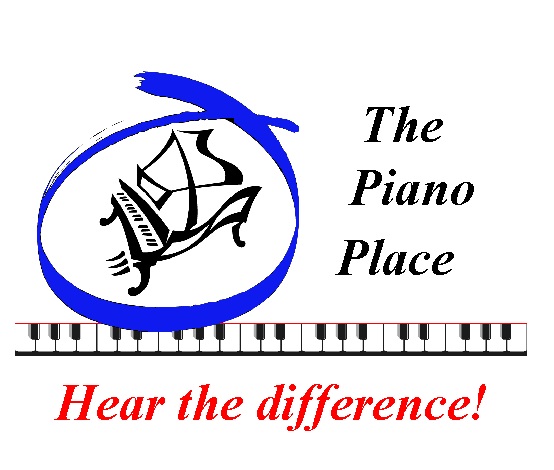The Piano Place of The Brazos
Frequently Asked Questions
HOW MANY TIMES A YEAR SHOULD I HAVE MY PIANO TUNED?
A once a year regular service by a qualified technician will preserve your instrument and help avoid costly repairs. Your piano is a big investment that can bring you and your family a lifetime of joy and beauty to your home through music. Such an investment should be maintained with the utmost care.
WHERE SHOULD I PLACE MY PIANO IN A ROOM?
Like your house, your piano contains materials such as wood and felt. These materials can be affected as the weather changes. Extremes in temperature or humidity can cause theses materials to swell or contract. These changes can produce a change in tone, pitch, and the responsiveness of the keys.
You can reduce these effects by placing your piano on an interior wall away from windows and outside doors. Also, avoid heating and air conditioning vents, fireplaces, and even direct sunlight is best.
WHAT IS A ‘PITCH RAISE’?
If a piano has gone without tuning for more than two years, its pitch may have dropped below the standard A440 pitch, which means that each of the strings need to be tightened more than average. The problem is, as each string is tightened, the tension on the adjoining strings alters in response. Thus it becomes impossible to make a significant change in pitch in one pass of the strings and have an accurate tuning. So, before the piano can be tuned, a pitch raise must be done first.
WHAT IS ‘VOICING’ AND DOES MY PIANO REALLY NEED IT?
“Voicing” is the adjustment of a piano’s tone or quality of sound. Tone can be changed without affecting the pitch of a piano. Voicing the hammers is done by filling or “needling” the hammers. Your piano may benefit from voicing when you notice your piano sounds different from when you purchased it. If you don’t like the sound even after it has been tuned, it will not play softly, or it sounds too “dark” or “tinny”. Voicing will correct these problems. Most voicing adjustments will last for a long time. Be sure to give yourself some time to explore the sound of your piano before you decide to change it!
HOW LONG SHOULD A TUNING LAST ON MY PIANO?
Many things go into determining the time needed between tunings of your piano, including the age of your piano, fluctuations in weather in your area, if it has been moved, how much it is played and/or how heavy the touch of the player is. Six months to one year is considered the average.
WHAT SHOULD I USE TO CLEAN THE KEYS AND THE OUTSIDE OF MY PIANO?
To limit problems, try to keep the keyboard covered. Clean the keys by occasionally wiping them with a damp cloth, drying them immediately. Wipe the outside of the piano with a soft cloth to remove fingerprints. Avoid aerosol spray polishes that contain silicone. Keep all drinks and standing containers with liquids off the piano to preserve the finish.
HOW DO I MOVE MY PIANO?
Moving a piano is not a DIY project! To avoid injury to your instrument, yourself and your home, use a trained, professional piano mover. Piano moving requires specialized equipment and techniques to safely move your piano. Save yourself the “if only” and you will be much happier with the result!
WHAT IS A PIANO REGULATION?
Regulation is the adjustment of the touch and response of the keys to the player. This process can be done at the customer’s house if the amount of regulation is minor, or at our shop if more time-consuming or intensive work is needed.
A CAUTION ABOUT OLDER PIANOS WITH IVORY KEYS …
As of July, 2016, the federal government has made it illegal to buy or sell anything with natural ivory. This causes a problem with replacing broken or lost ivory key tops on pianos. No technician is allowed to buy, donate or sell ivory key tops. The result is that the key tops must be replaced with a synthetic substance such as plastic or acrylic. For more information please go to www.ptg.org
WHAT IS THE BEST TIME TO SCHEDULE AN APPOINTMENT?
To have the most flexibility, it is best to arrange for a piano tuning with one to two weeks to get the day and time you want. Be aware that occasionally we can come for a tuning a few days before the desired date.
When scheduling a piano move it is extremely important to arrange for the move two to three weeks prior to the move date.



